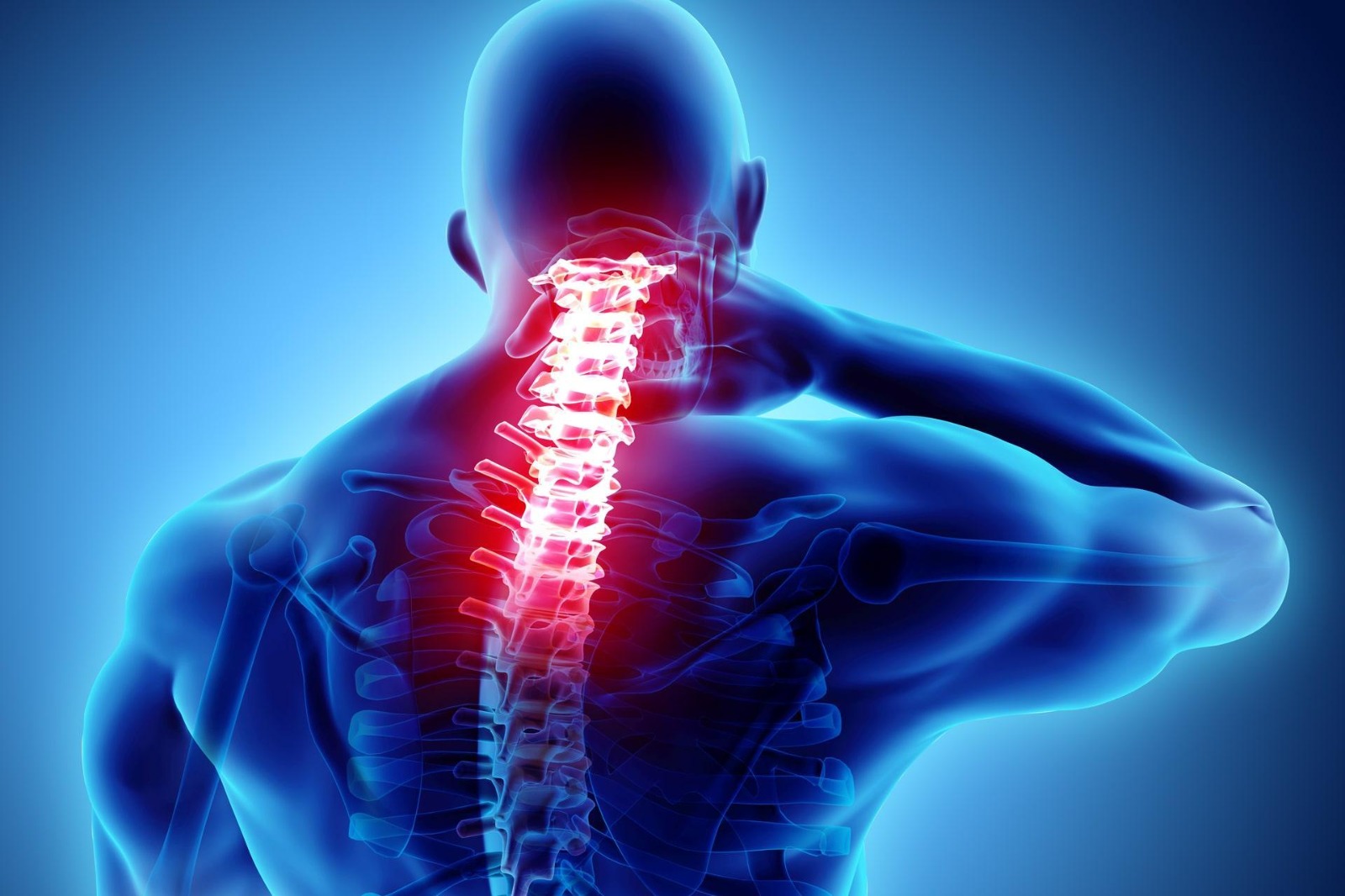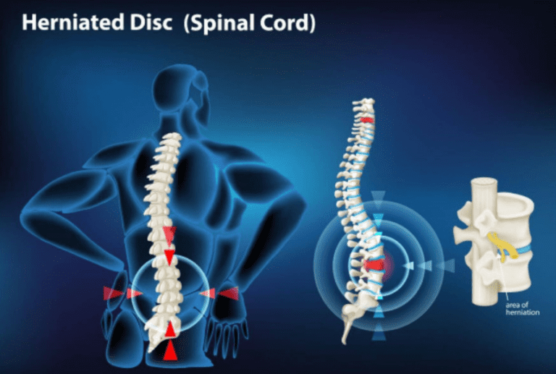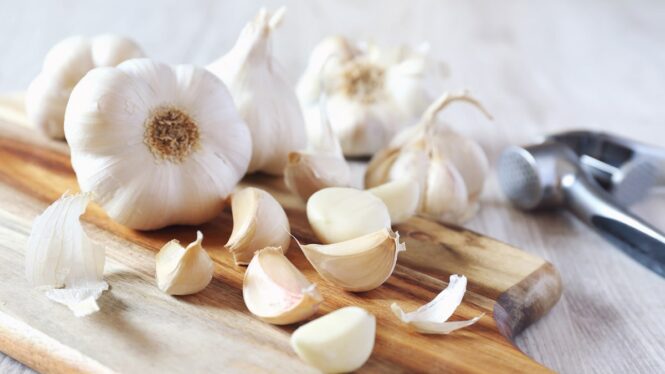
What is a Slip Disc?
A slip disc, also known as a herniated or prolapsed disc, is a common condition affecting the spine. It occurs when the soft, cushion-like disc between the vertebrae bulges out or ruptures. This can put pressure on surrounding nerves and tissues, leading to pain and discomfort.
Our spine is made up of 33 vertebrae, with soft, gel-like discs located between each vertebra. These discs act as shock absorbers and help maintain the spine’s flexibility. When a disc moves out of its normal position or ruptures, it is referred to as a slip disc.
Slip discs most commonly occur in the lower back (lumbar spine) and the neck (cervical spine). If left untreated, it can cause permanent nerve damage.

Types of Slip Disc
Cervical Slip Disc: Occurs in the neck region, causing pain in the head, shoulders, and arms.
Lumbar Slip Disc: Occurs in the lower back, leading to pain in the lower back, hips, and legs.
Additional Information About Slip Disc
- A slip disc happens when the outer layer of the spinal disc tears, allowing the inner gel-like material to escape.
- It is also referred to as a ruptured, herniated, or prolapsed disc.
- Often indicates underlying spinal injuries.
- To prevent it, consume a diet rich in green vegetables and fruits.
- Yoga poses like Shalabhasana, Ustrasana, Bhujangasana, and Shavasana can help relieve symptoms.
- The cost of slip disc surgery depends on the type of procedure performed.
Causes of Slip Disc
- Sudden Injury or Trauma: Lifting heavy objects or sudden movements can cause a disc to slip.
- Aging: With age, discs lose their flexibility and strength.
- Poor Posture: Sitting or standing incorrectly for long periods puts strain on the spine.
- Obesity: Excess weight increases pressure on the spine.
- Genetics: Family history can increase the risk.
Symptoms
- Sharp pain in the back or neck
- Tingling or numbness in hands or legs
- Muscle weakness
- Difficulty walking
- Radiating pain from the back to the legs or from the neck to the arms
Risk Factors
- Advancing age
- Poor lifestyle habits
- Smoking
- Sedentary work (prolonged sitting)
- Heavy physical labor
Treatment for Slip Disc
- Maintain a Healthy Weight: Reducing extra weight eases pressure on the spine.
- Exercise Regularly: Low-impact exercises like swimming, yoga, and walking are beneficial.
- Avoid Heavy Lifting: If necessary, lift by bending your knees and keeping your back straight.
- Rest: Adequate rest helps reduce inflammation and promotes healing.
Home Remedies and Ayurvedic Tips
- Turmeric Milk:
- Turmeric has anti-inflammatory properties that help relieve pain and swelling.
- How to use: Mix half a teaspoon of turmeric in a glass of warm milk and drink daily.

- Ginger Tea:
- Ginger helps reduce inflammation.
- How to use: Drink ginger tea 2-3 times a day.

- Hot Water Compress:
- Apply for 15-20 minutes daily to reduce swelling and pain.
- Ginger Juice and Honey:
- Consuming a mixture of ginger juice and honey can help relieve swelling.
- Garlic:
- Garlic calms the nervous system.
- How to use: Eat 2-3 garlic cloves on an empty stomach daily.

Helpful Yoga Poses

- Bhujangasana (Cobra Pose)
- Makarasana (Crocodile Pose)
- Vajrasana (Thunderbolt Pose)
- Balasana (Child’s Pose)
- Kapalbhati (Breathing exercise)
Use of Fenugreek: Soaking fenugreek seeds overnight and consuming them in the morning can relax muscles.
Precautions
- Avoid lifting heavy weights.
- Do not stay in the same position for long periods.
- Exercise regularly.
- Maintain a healthy weight.
- Practice correct sitting and standing posture.
Preventive Measures for Slip Disc
- Always sit straight and avoid bending awkwardly.
- When lifting objects, bend your knees and keep your back straight.
- Maintain a healthy weight.
- Incorporate regular exercise and yoga into your daily routine.
- Take frequent breaks if sitting for long periods.
For natural and effective solutions, explore Ayurvedic products and treatments at VedicUpchar.com.